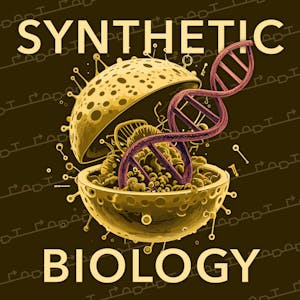Discovery and Low-Fidelity Design with Figma
About this Course
In this introductory course, you\'ll embark on a journey into the world of UX design with a focus on discovery and low-fidelity design using Figma. We\'ll demystify the concepts behind user-centered design, exploring its potential and limitations. You\'ll gain a clear understanding of the UX design process, from initial discovery phases to creating low-fidelity prototypes. You\'ll be introduced to the specific capabilities of Figma within the UX design ecosystem. We\'ll showcase how Figma harnesses the power of collaborative design to revolutionize your productivity across various applications. From conducting user research to developing wireframes, you\'ll discover the myriad ways Figma can enhance your workflow. By the end of this course, you\'ll be able to: - Understand the role of discovery in the UX design process. - Analyze user research and gather requirements. - Create personas and user journey maps. - Develop wireframes and prototypes using Figma. - Utilize Figma\'s collaborative features for team design.Created by: Coursera

Related Online Courses
This course delves into software development topics such as working with Arm C/C++ compilers and Arm debug tools to optimize your software, whether it\'s for performance or code size. This course... more
Examines issues including discrimination and bias, sexual harassment and workplace romance, professional and personal development, power and privilege, work and family, and organizational... more
In the fast-paced and dynamic world of hospitality management, mastering the financial aspects of hotel operations is essential for success. \"Hospitality Management: Foundations of Hotel... more
Code and apply your first Terraform configuration without installing anything! This course is designed for learners with limited knowledge of cloud computing, providing a solid foundation of cloud... more
With the sequencing of the human genome and the genomes of other organisms, we now have a list of the parts that make up these genetic systems. Using this information, researchers are now able to... more







